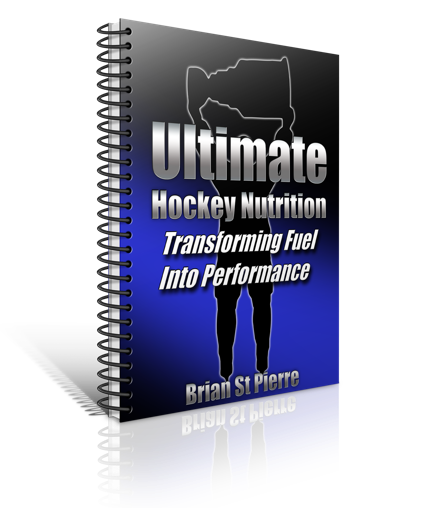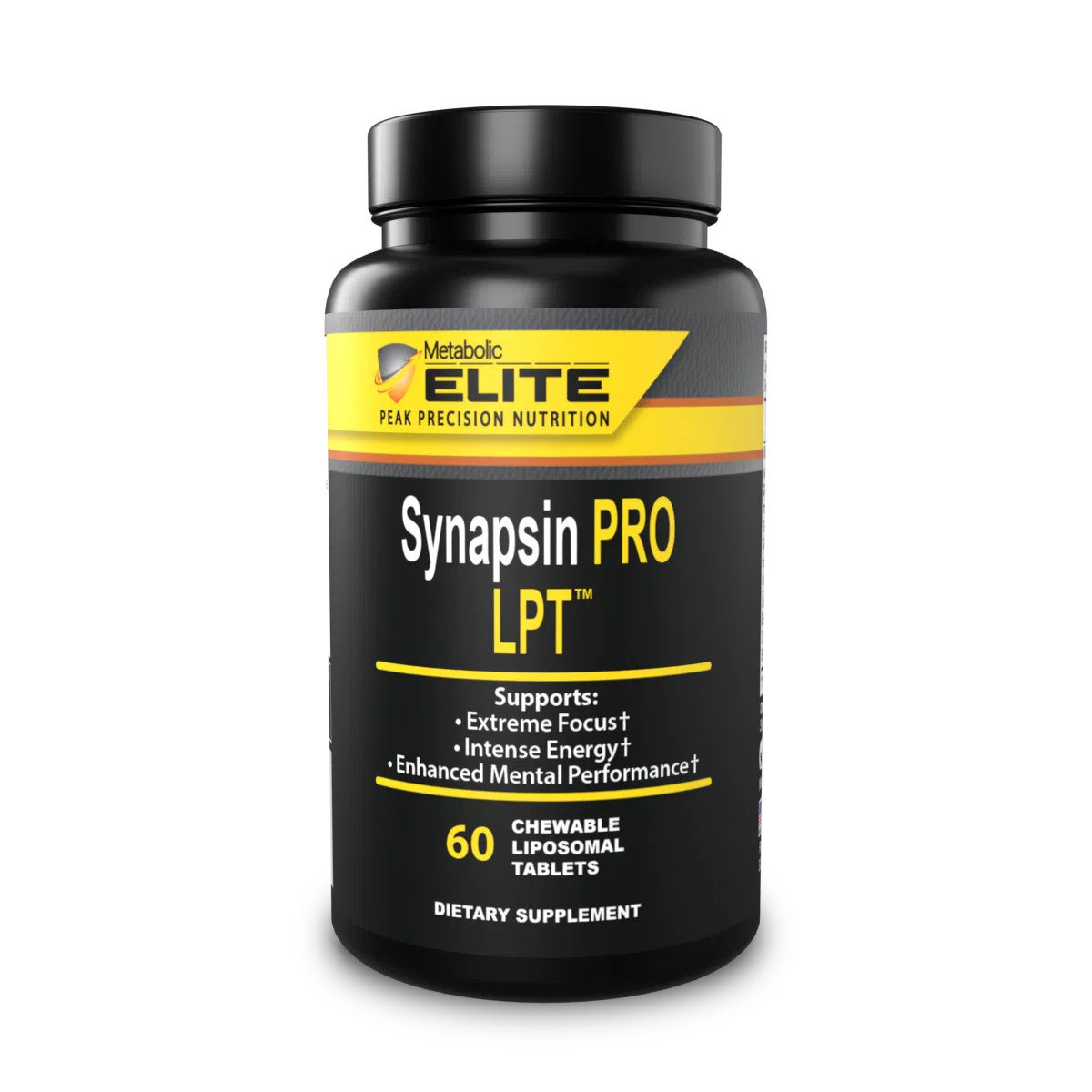It’s been a couple weeks (again) since I had an opportunity to write one of these posts. The last few weeks have been pretty crazy in preparing for the release of Ultimate Hockey Training. On top of that, we’re in the process of moving Endeavor to a new location a few miles away from our current one, which I’m really excited about. We’re fortunate to have an opportunity to rebuild our space from scratch a few years in, so we can make adjustments based on some of the frustrations we’ve had in the current space.
On Wednesday I had an opportunity to head up to Quinnipiac University in Hamden, CT to help Coach Boyle and Dawn Strout with another round of testing for the U.S. Women’s National Program. I’ve really enjoyed my work with the program. The girls all work their assess of, and are constantly pushing each other. Great team atmosphere. It was also nice to catch up with Brijesh, who I haven’t seen in too long. That night I drove home from Connecticut packed a bag, woke up the next morning, and got on a plane to Phoenix. I’m in Phoenix for PRI’s Impingement and Instabilities course, which rain prevented me from attending with Cressey in Maine a couple months back. No complaints about being “forced” to coming to Phoenix though! I spent most of the day yesterday with Patrick Ward talking about the nervous system (this is what most cool people do when they get together). Patrick is ridiculously bright and has a different background than I do, so it’s awesome to hear his perspective on things. If you’re not familiar with his work, check out his site (and an article he wrote on my new book) here: Show & Go and Ultimate Hockey Training
This week I wrote two posts that touch on elite hockey development. If you haven’t read them already, you can check them out here:
Over the last several weeks, we’ve added A LOT of terrific content to Hockey Strength and Conditioning. Check out what you’ve missed:
New Articles
Why Shoes Make Normal Gait Impossible from Dr. William Rossi
Five Exercises That Hockey Players Should Be Doing in the Weight Room from Sean Skahan
Toronto Maple Leafs 1962 Training Camp
Youth Hockey Training Blueprint: Part 1 from me
The Case for Direct Cuff Training in Contact Sports from Anthony Donskov
Managing Injuries through Manual Therapies from Eric Reneghan
This is an almost overwhelming collection of articles. The Maple Leafs Training Camp article is more for fun than anything else. We’ve certainly come a long way since those days. My article on youth hockey training is the first in a 3-part series that will walk you through exactly how I put together the off-ice training program for a youth hockey organization that we work with. This series will answer most of the questions I get regarding what I recommend for training youth players at different age levels at the rink and identify how I’ve addressed some of the challenges inherent in the space we’re allotted there. Keep your eye out for the other two parts. Dr. Rossi’s shoe article was outstanding. I think the impact of footwear is overlooked by the majority of youth athletes (and their parents) because the assumption is that they wouldn’t sell shoes if they were detrimental to your health. Dr. Rossi’s article systematically explains the impact different shoes have on your structure and performance. Great read.
Training Programs
Off-Season 2011 Phase 2 Strength Training from Sean Skahan
Quarter Sprints from Darryl Nelson
Strength Training for a Hockey Player with a Unilateral Lower Body Injury from Mike Potenza
Three great programs from three great coaches. I think it’s especially important to read through Potenza’s program because of the message it sends. Unilateral injuries are NOT an excuse to stop training! Most players get hurt, go to the doctor, are told the injury will take 6-8 weeks to heal and assume that means they’ll be ready to play in 6-8 weeks. In reality, in 6-8 weeks they have a almost completely healed segment within a drastically deconditioned body. There are RARELY injuries that warrant a complete shutdown (concussions, and recent disc herniations and hernia surgeries are amongst the few). Players can continue to make progress by intelligently training the healthy segments, which will facilitate a faster recovery, return to play, and ensure continued progress despite an injury. Sean’s program series on training an athlete with an ACL tear are great examples of this too so check them out if you haven’t already.
Exercise Videos
Farmer Carry Lateral Squats from Darryl Nelson
Frontal Plane Core Exercises from Mike Potenza
Reach, Roll, and Lift from me
Half Get-Up with Cup of Water from Sean Skahan
Darryl’s video will really appeal to hockey players because it is a relatively hockey-specific movement. We don’t typically load these movements very heavy, but we do use them to groove the pattern and improve hip mobility. Potenza had some creative core exercises in his video montage. The Reach, Roll, and Lift is a lower trapezius activation exercise that has really humbled a lot of our youth players. It’s easy to cheat your way through this one, but when done correctly, it will surprise you how difficult this is. In my opinion, an inability to perform this exercise disqualifies you from overhead lifts. Sean’s video provides another great example of how to continue to groove important patterns, even when an athlete has suffered an injury.
Hockey Assessment Webinar
Hockey Hip Assessments from me
This was a webinar I did a couple months back detailing all of the hip assessments I used with our off-season hockey group at Endeavor, how to interpret the results, and how to use this information to improve the durability of your players. I’m pretty proud of this one as I think it provides strength and conditioning professionals as well as rehab folks with some important tools to recognize structural “abnormalities” that may predispose players to predictable injuries.
Lastly, the forum has been hopping recently. While there are several interesting discussions, I’d recommend checking out the “Post-Game Flush”, “Neck Strengthening”, “Motion Analysis for $5”, “Barefoot Training”, “Diet Programs that Reduce Inflammation”, and “Reactions to LTAD” threads first.
As always, if you aren’t a member yet, I encourage you to try out Hockey Strength and Conditioning for a week. It’ll only cost $1, and if it’s not the best buck you’ve ever spent, I’ll personally refund you!
To your success,
Kevin Neeld
Please enter your first name and email below to sign up for my FREE Athletic Development and Hockey Training Newsletter!




 Use CODE: "Neeld15" to save 15%
Use CODE: "Neeld15" to save 15%